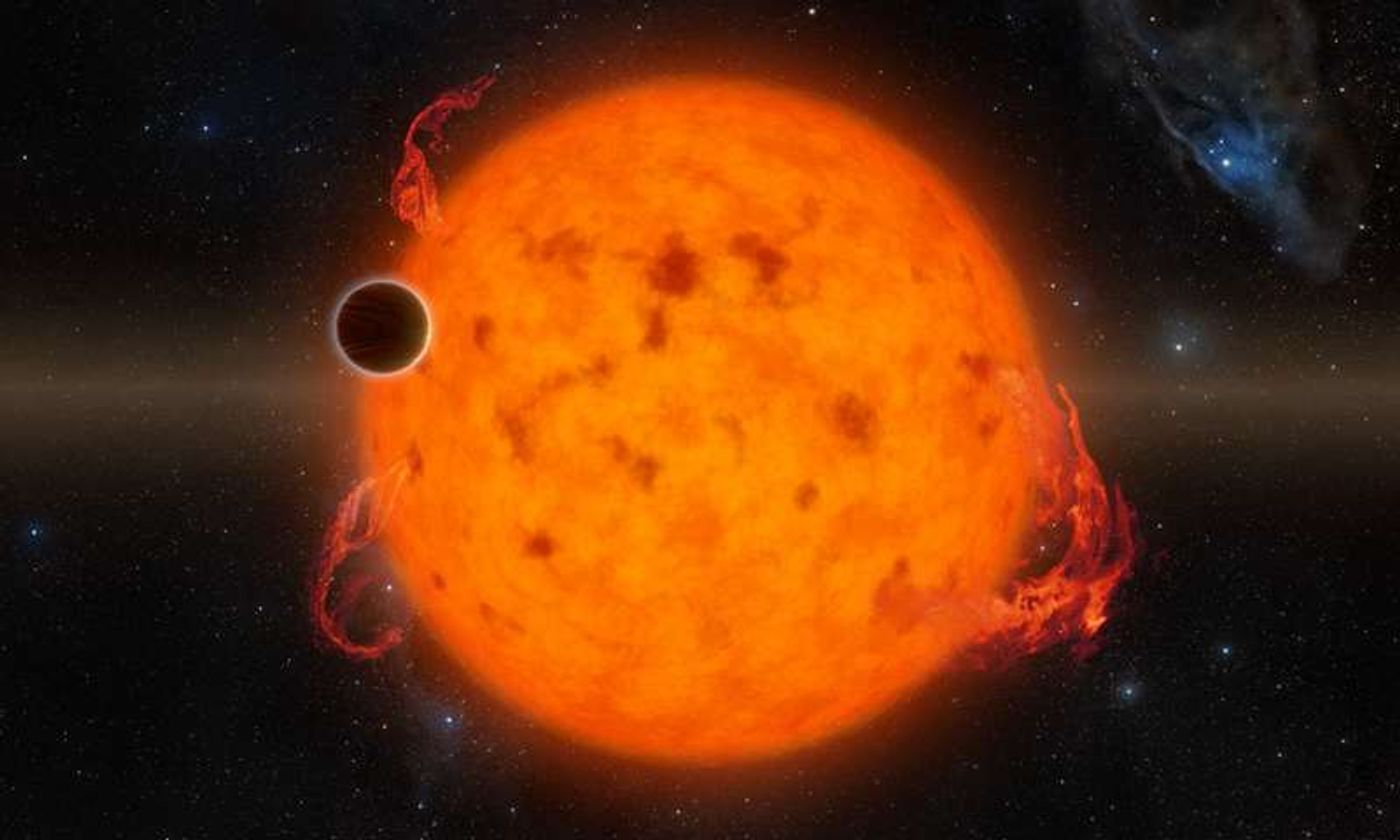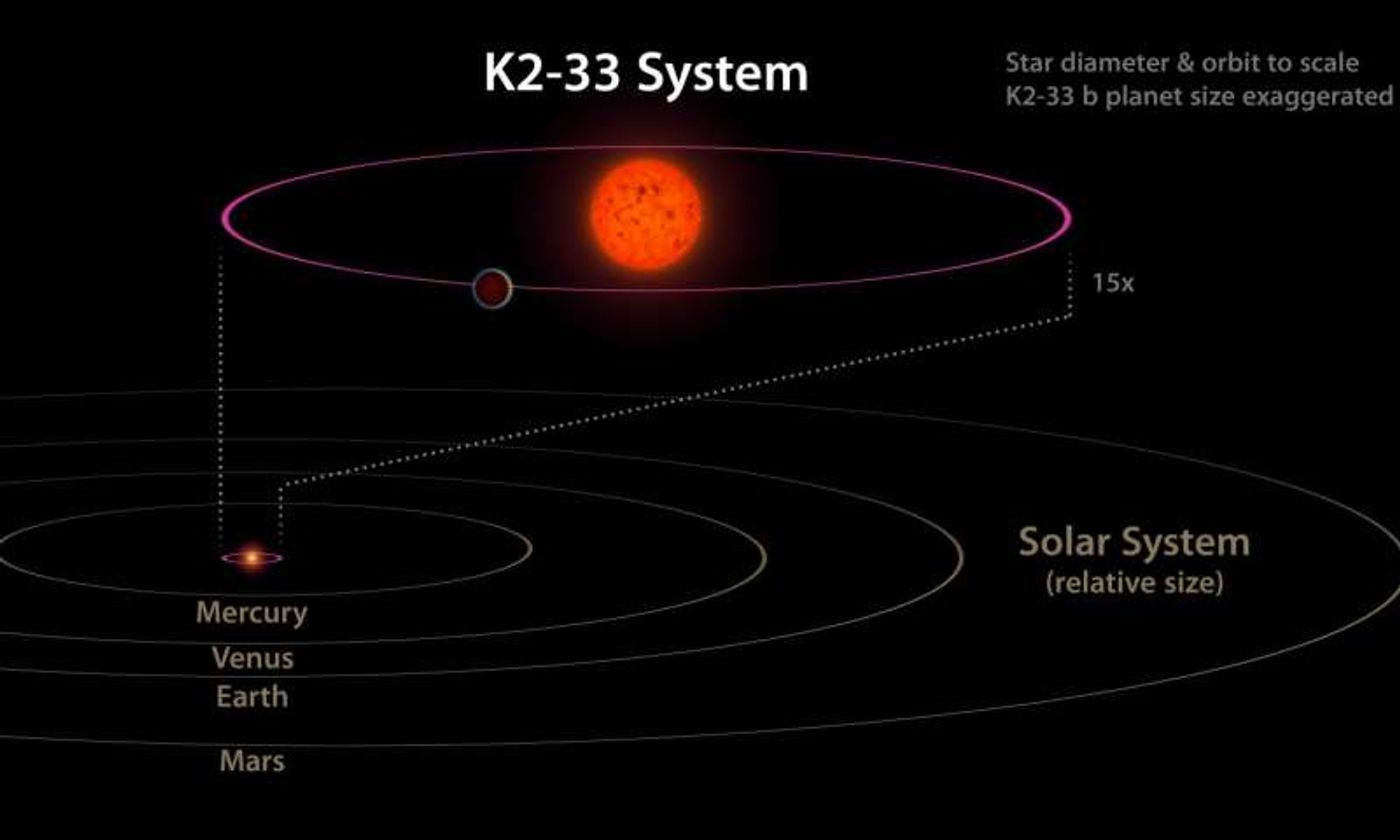Very Young Exoplanet is One of the Youngest Ever Discovered
The universe is a rather interesting place. There are a bunch of stars, planets, random rocks, dust, and other mysterious things out there, and it’s all thought to have been made possible with a massive explosion known as the big bang. Nevertheless, fast-forward 14 billion years, and we’re left with the universe we have today; now, here we are.
Despite how old the universe is, all of that energy out there is still doing its thing. New stars and planets are still in the process of being formed somewhere out there all the time, and it’s the job of astronomers to find them.
One recent find, discovered by Caltech researchers and dubbed K2-33b, is one of the youngest exoplanet discoveries to date and appears in the journal Nature. Astronomers estimate that this exoplanet is around 5-10 million years old, which in universe time, is still infantile.

Image Credit: NASA/JPL-Caltech
The exoplanet, which researchers cite as being approximately 50% larger than Neptune (6x larger than Earth), was found orbiting its host star K2-33 while the Kepler Space Telescope was in the midst of its K2 mission. It was spotted when light from its host star was noticed “dimming” as the exoplanet passed in front of it.
K2-33b orbits its host star once every 5 days, but its orbital path is very significant in size. In comparison, it takes Mercury, which is very close to our Sun, 88 days to complete an orbit around our Sun.

Image Credit: NASA/JPL-Caltech
The youth of this particular exoplanet is very important and provides excellent opportunities because it’s not often that we get to see specimens that are this young. By studying them, we can better understand how planets form and fortify our theories with facts.
"This discovery is a remarkable milestone in exoplanet science," says Erik Petigura, a co-author on the paper. "The newborn planet K2-33b will help us understand how planets form, which is important for understanding the processes that led to the formation of the earth and eventually the origin of life."
Stars tend to have a lot of dust and gasses that are capable of creating planets when they are formed. This mix of dust and gasses is believed to be attracted to itself through gravity, and as it clumps together, this is what creates planets.
We’ve never really had the opportunity to see a planet formation in progress, but being able to see what’s believed to be a very young planet could provide some important answers about how and why.
Currently, scientists are most excited to see how this young system evolves over a period of time. This will provide some information about how systems begin and what makes them change.
Source: Phys.org








